The Nuances of Quarterly Reporting
Quarterly reporting for real estate investments is crucial for investor communication, focusing on financial performance, distributions, and business plan progress. Emphasizing transparency through a "budget vs actual" table and regularly reporting cash positions and capital expenditures budget can greatly enhance trust and accountability. This practice not only benefits investors but also helps sponsors maintain focus and honesty in their underwriting.

Quarterly reporting is a staple across almost every business, from public companies reporting to shareholders to multifamily syndications updating investors. First, I want to take a step back and answer the question, “What is quarterly reporting and what is it for?”
Quarterly reporting for real estate investments is a form of investor communication that is focused on financial performance, distributions, and business plan progress. The detail of reporting varies greatly, and frequency can vary as well. Monthly communication is popular as quarterly can sometimes feel like too long of a period to go without an update. Furthermore, investors love the consistency of receiving a monthly distribution. Regardless of distributions and reporting frequency, there are key pieces of information that should be reported on at least a quarterly basis.
The first and most important aspect of a quarterly report is a “budget vs actual” table. This table compares the acquisition underwriting to the actual performance of the property. Reporting in this fashion creates a highly transparent look at the quarterly and investment-to-date performance and see how it stacks up to the projected numbers used to forecast return metrics such as IRR and cash on cash. In addition to an underwriting vs actual comparison, we typically also create a budget vs actual table as well. The difference is instead of using the projected numbers from the acquisition underwriting, we use our operational budget which is put together before the start of every calendar year. This is interesting to see since we refine our budget every year for each property, yet the acquisition underwriting does not change. Over time we can see how our refined budget compares to our assumptions which we made before we purchased the property and how close our updated budget compares to our actual performance. This is especially helpful the longer you own an investment since projections tend to become less meaningful or less accurate the further out they are made.
All of this stuff, while exciting to me, may be pretty straightforward to you. Unfortunately, very few people fully do it this way since that level of transparency is just scary. Holding oneself accountable to his or her acquisition underwriting seems like a no brainer but it is rarely done since it would make it hard to get away with making your underwriting aggressive enough to convince investors to invest in an average deal. Nevertheless, we believe strongly in under-promising and over-delivering and, I think investors do really appreciate that transparency.
Because of the accountability level of transparent quarterly reporting, it not only benefits investors with insight on an ongoing basis, it is also helpful as a sponsor since we internally know that we are going to be held accountable to our acquisition underwriting with every single quarterly report. As we’re looking at new deals, we know we can't push the numbers beyond where we’re comfortable because it's going to be there every single quarter, reminding us of any mistakes we may have made. I think that's a really helpful thing to do in your quarterly reporting, which will not only help your investors but build that trust and transparency. It also keeps you focused and honest as you underwrite.
Another simple but very important piece of information to have in a quarterly report is your cash position, such as reserve account balance, capital expenditures budget, and operating capital. For example, if the deal began with $100,000 in an operating reserve, an investor should want to know the balance of that reserve on a quarterly basis. If there was a tough month and the operating reserve had to be utilized, there should be an explanation and a plan to replenish the account. Additionally, investors should be aware of any utilization of reserve funds to maintain distribution levels. These are simple account balances to track over time but provide helpful insight into the health of the operations.
The last balance to focus on is the capital expenditures budget. Typically, property acquisitions include an upfront budget for repairs and renovations. It is valuable to provide an update to the completion and utilization of such funds to see if the renovation plan is on budget and on schedule. At the conclusion of all of the capex, there may be leftover funds. This would be a win for investors since the business plan was completed under-budget. The remaining capital could be used to fortify reserves or returned to investors.
To round out all of these numbers which are reported every quarter, it is helpful to have commentary where necessary to provide color. Numbers on their own can be confusing or misunderstood which is why having a good balance between data, charts, and commentary makes for great quarterly reporting.
